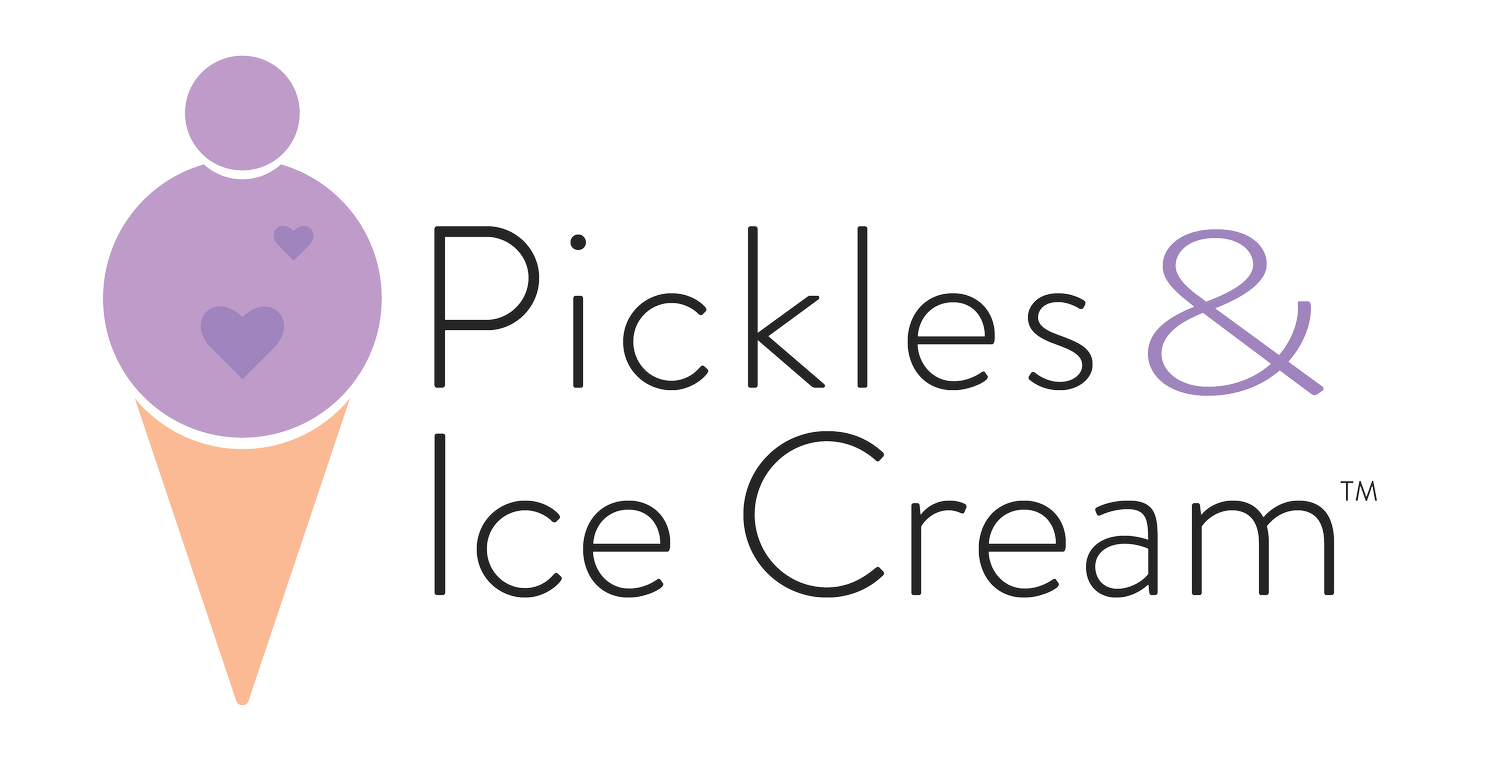Family Building Blocks for the LGBTQIA+ Community
The number of families identifying as part of the LGBTQ+ community is growing. US census data from 2019 shows that there are around 980,000 LGBTQ+ households1. Over half of those households include married partners. The same data also shows that around 2 million children are being raised by a parent who identifies as LGBTQ+, and about 200,000 children are being raised by an LGBTQ+ couple1. Since LGBTQ+ couples can now enjoy the same legal protections as straight couples, more LGBTQ+ people are looking to build their families.
While family building is challenging for everyone, the unique experiences of LGBTQ+ families means that there are special factors they will need to think about when building their families. For example, LGBTQ+ families are six times more likely to foster than straight families, four times more likely to adopt than straight families, and over half of LGBTQ+ families may use assisted reproductive technology to give birth2. In this Pickles and Ice Cream article, we will answer some questions we have received about LGBTQ+ family building. Let’s get into it!
Q1. My partner and I are looking to build a family? What are our options?
LGBTQ+ families have many options to build their families. Many same-sex couples who want to raise children may look into foster care and adoption. Assisted reproductive technology (ART) and surrogacy are also options for couples who want to explore childbirth options.
Q2. I’ve never heard of assisted reproductive technology. What is that?
Assisted reproductive technology (ART) is a scientific method for removing eggs from a person’s ovaries, mixing those eggs with sperm, and then giving the eggs back to the same person or to another person who can give birth3.
Q3. Is this different from a surrogate?
Good question! Surrogate birth-givers are people outside of the intimate partner relationship that have been selected by the person/couple to carry and deliver a child. Surrogates may receive sperm from a sperm donor to get pregnant. Eggs don’t need to be removed for a surrogate to give birth, but in the case of a same sex male couples, or a woman who cannot or does not want to carry a child, surrogates may receive eggs from a selected donor.
Q4. How much does ART cost?
Depending on the method you use, the cost of ART can range between $25 for sperm donation to $23,000 for in vitro fertilization (IVF). This is cheaper than surrogacy, which can range between $60,000 to $150,000.
Q5. What about adoption or foster care?
It depends! Foster care can cost up to $2600. Adopting in the US can cost between $20,000 to $45,000, while international adoption can cost between $25,000 to $70,000.
Q6. That all sounds so expensive! How can anyone afford that?
Even though data shows that, LGBTQ+ households tend to make more money overall than straight households, the cost of family building services can still add up! Health insurance may not cover fertility treatments like ART or surrogacy depending on your family’s specific situation. However, there are community resources you may find helpful:
The Family Equality Council provides educational resources, legal guides, family building grants, and support groups for new and existing LGBTQ+ families through their Path2Parenthood program.
GayIVF helps LGBTQ+ families access ART services by helping with insurance and providing identify-affirming resources to all identities under the LGBTQ+ umbrella.
Q7. It’s nice to know we won’t have to do this alone. What else should we consider when building a family?
While your family may have specific concerns, here are some points that the P&I can offer:
What state and federal laws apply to you and your family for adoption, foster care, or ART?
Does your medical provider know how to provide identity-affirming care? For example, do they understand the difference between sex, gender, and sexual orientation?
Do you have a partner?
Do you and your partner live in the same home, or will you co-parent from separate homes?
What culture or values do you want to raise your child to have? 1 in 3 LGBTQ+ families include racial/ethnic minorities or include parents of different racial backgrounds. You and your partner should discuss how you want to handle this when building your family.
What is your family’s budget? How much are you willing to spend on family building services?
Does your employer provide paid parental leave?
The P&I team hopes you found the information in this article helpful! Whether you’re just getting started on your family building journey or have been building your family for a while now, please know that the P&I team is here to support you! You can check out our blog for more resources on building and supporting healthy families.
Writer: Jay Morris
Reviewer: Sheila LaFortune
References:

